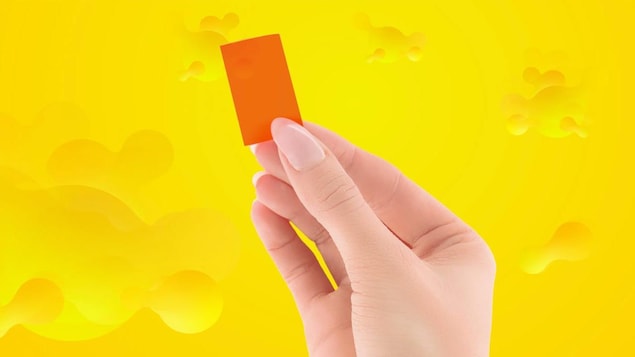This strip will be similar to Listerine’s health strip but will actually be a vaccine.
McMaster team collaborates with Quick Dose Treatments. They say that currently COVID-19 vaccines like Pfizer and Moderna should be stored between -15°C to -80°C. This means that they rely on complex logistics.
Our team was able to stabilize the proteins at 40°C, which is a game changer
Mark Upsdell, CEO of Quick Dose TreatmentsTo CBC News. This is a major hack.
If we think of all the countries that don’t have the logistics that we have in North America… it would be possible to distribute a vaccine against COVID-19 or any other vaccine in that range and send it to those countries that don’t. They don’t have an infrastructure. [et] at a lower cost. Fit them in an envelope. They are very easy to transport.
Alex Adronov, a polymer expert at McMaster University, says his team is trying to deliver the protein antigen orally.
What we’re trying to do is instead of giving the components of the vaccine through a needle in the arm, we want to try to give it orally, by mouth, with a film. rapid dissolution
Adronov said.
Many people don’t like needles, so this is an obvious benefit.
Thin slices, which melt in the mouth, also have advantages over pills, Adronov says.
When the pill is swallowed, he says, it must pass through the digestive system, where the particles and components of the vaccine are broken down.
In this way of oral administration, we are trying to get the antigen, the vaccine dose, to be delivered directly to the sites that need it without going through what is called first pass metabolism in the body, which is another advantage
Adronov said.
Still in the early stages
Mr. Adronov points out that the team Still in the early stages of discovery
, but showed that it can produce membranes loaded with protein.
The team conducted the first animal study that showed this Some positive results, as the animals were able to develop antibodies against the typical protein that we presented in this way
Adronov said.
We are now working on a second round of animal studies in which we will incorporate the COVID-19 spike protein into these bands to see if we can elicit an immune response to this elevated protein, in the same way we do. With people who have the current. Serum.
The research is being conducted with the support of the National Research Council of Canada (NRC) and the Natural Sciences and Engineering Research Council of Canada (NSERC).
With information from CBC News

“Alcohol scholar. Twitter lover. Zombieaholic. Hipster-friendly coffee fanatic.”

